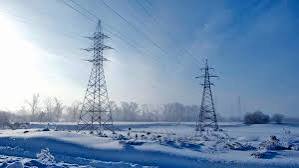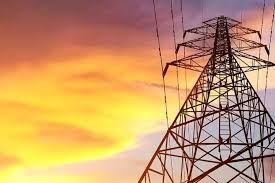The crisis of electricity shortage continues in winter
The crisis of lack of electricity in winter in Afghanistan is a chronic and serious problem that has affected citizens and industrial and commercial sectors for years. This crisis occurs for various reasons and becomes more intense in the winter season due to the increase in energy consumption. In the following, the causes, consequences and possible solutions for this crisis have been examined:
Causes of electricity shortage crisis in winter
- Dependence on electricity imports
• Afghanistan imports about 80% of its required electricity from neighboring countries (such as Uzbekistan, Tajikistan, Turkmenistan and Iran).
• In winter, these countries prioritize electricity supply to their domestic needs, and electricity exports to Afghanistan decrease. - Inefficient domestic electricity production infrastructure
• The low capacity of domestic power plants, especially hydropower plants, are less efficient in winter due to the reduction of water.
• Lack of sufficient investment in renewable resources such as solar and wind. - Worn out networks and weakness in electricity transmission
• The wear and tear of the electricity transmission and distribution network has caused energy wastage and reduced productivity.
• Failure of power lines due to severe winter cold and lack of proper maintenance. - Increase in electricity consumption in winter
• The widespread use of electric heating devices puts a lot of pressure on the power grid due to the lack of gas and alternative fuels. - Lack of proper planning and poor management
• Lack of planning to store and manage electricity in less consuming seasons.
• Delay in payment of electricity import debts to supplying countries.
Consequences of the power shortage crisis in winter
- Damage to people’s daily life
• Reduced access to heating, lighting, and basic services such as hot water.
• Increasing household expenses for providing energy from alternative sources such as generators. - Disruption in industrial and commercial activities
• Reduction of production in factories and workshops due to lack of electricity.
• Closing or reducing working hours in service departments. - Impact on vital sectors such as education and health
• Schools, universities and hospitals suffer from lack of electricity.
• Disruption of health services such as medical equipment and heating systems. - Increasing air and environmental pollution
• The use of diesel generators and fossil fuels to produce electricity leads to severe air pollution.
• Cutting trees for heating fuel.
Proposed solutions to reduce the crisis of electricity shortage
-
Increasing domestic electricity production
• Investing in the construction of new power plants focusing on domestic sources such as hydro, solar, and wind.
• Increasing the efficiency of existing power plants and their proper maintenance. -
Diversification of energy sources
• Expanding the use of solar energy in rural and urban areas.
• Development of wind energy projects in susceptible areas. -
Improving the electricity transmission and distribution network
• Reconstruction and modernization of the electricity transmission network to reduce energy wastage.
• Creating modern electricity management systems for optimal energy allocation in peak seasons. -
Increasing regional cooperation
• Strengthening electricity import contracts with neighboring countries and ensuring stable supply in winter.
• Participation in regional projects such as Casa 1000 for access to electricity in Central Asian countries. -
Management of energy consumption
• Encouraging citizens to use low consumption heating devices.
• Applying variable tariffs to control excessive electricity consumption in the winter season. -
Supporting the private sector
• Creating financial facilities and tax exemptions for private companies that invest in the renewable energy sector.
• Cooperation with international organizations to attract financial and technical assistance. -
Energy storage
• Development of energy storage systems such as advanced batteries and small hydro dams for peak use.

